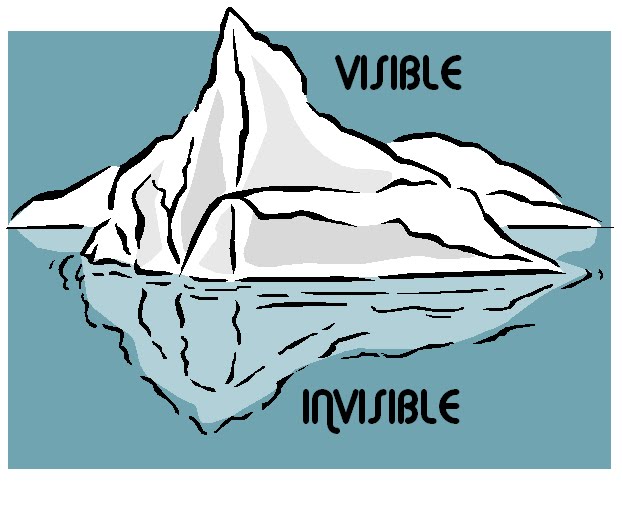According to the National Alliance of State & Territorial AIDS Directors (NASTAD) and its most recent ADAP Watch, there are ten State AIDS Drug Assistance Programs (ADAPs) with cost-containment measures in place since April 1, 2013 (reported as of April 7, 2014). More cost-containment measures might be coming, too. For patients, these cost containment measures amount to being denied access to timely, appropriate health care. Nothing more; nothing less!
During the "Perfect Storm" that besieged ADAPs nationwide between 2008-2013, especially in the southern states, most of the HIV/AIDS advocacy community concentrated on eliminating the record high waiting lists. At their peak, ADAP waiting lists reached approximately 10,000 patients across a dozen states. Whereas at the time the dilemma was certainly embarrassing for states like Florida...which witnessed its program basically fall apart...it galvanized the HIV/AIDS advocacy community.
National leadership was spearheaded by AIDS Healthcare Foundation, Housing Works, NASTAD, Community Access National Network, The AIDS Institute, HealthHIV, and many, many other organizations. The national efforts were surpassed by the advocacy efforts at the state level, including notable grassroots advocacy led by AIDS Alabama, Florida HIV/AIDS Advocacy Network (FHAAN), AIDS Foundation of Chicago and Georgia Equality, just to name a few.
Even though that collective leadership paid off, evidenced by ADAP waiting lists being down to 12 individuals in one state (Utah), it is still needed today. It is needed to eliminate the remaining cost containment measures.
Reduced drug formularies, restricted financial eligibility, monthly expenditure caps and cost-sharing are only some of the cost containment measures, but they're equally as dangerous as ADAP waiting lists. The ADAP Advocacy Association warned about the "tip of the iceberg" and that warning remains today!
These remaining ADAP cost containment measures undermine patient care, and the HIV/AIDS advocacy community must vigilant to ensure that every patient is afforded access to health care.
Thursday, July 17, 2014
Subscribe to:
Comments (Atom)

